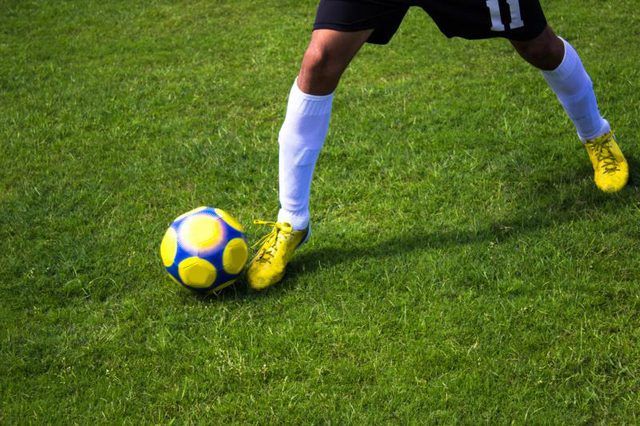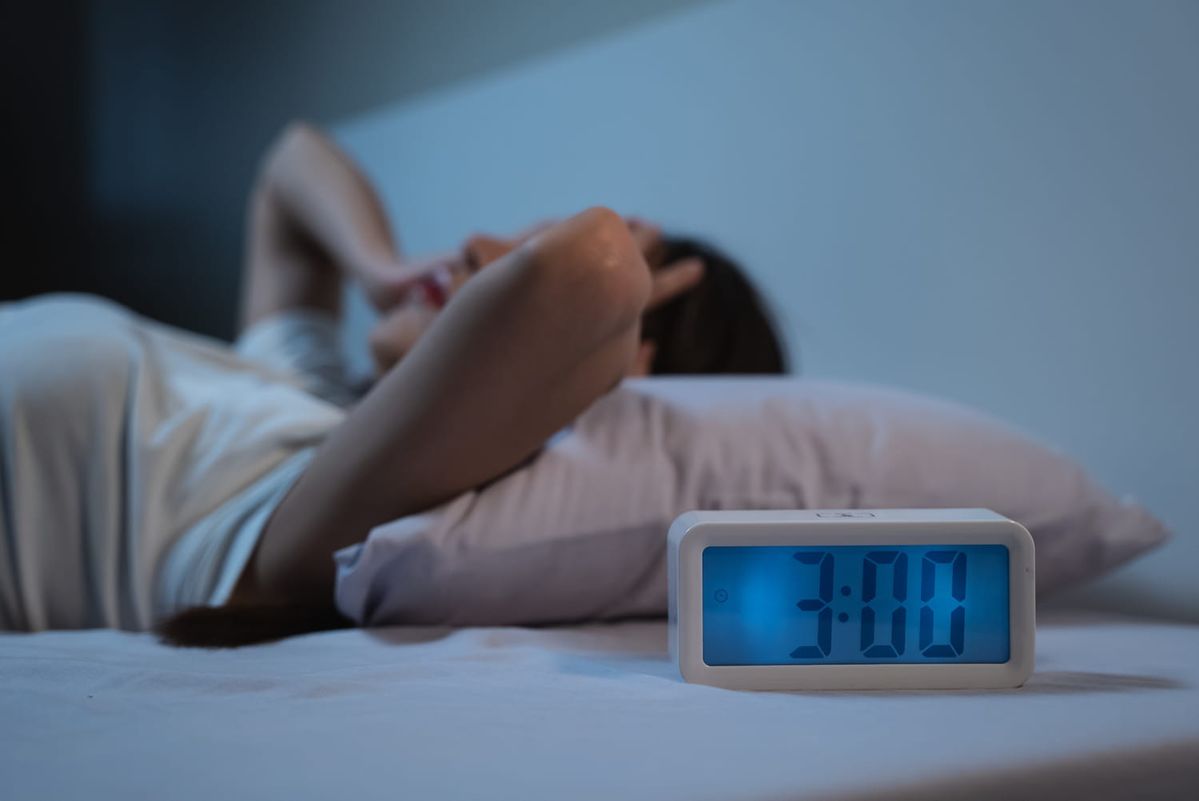Taking your first cold plunge can be both exciting and intimidating. Whether you're considering a cold plunge ice bath at home or visiting a cold plunge near me, understanding what to expect and how to properly prepare is essential for a safe and beneficial experience. This comprehensive cold plunge guide will walk you through everything you need to know about cold plunge therapy and help you make the most of this increasingly popular wellness practice.
What is Cold Plunge?
A cold plunge is the practice of immersing your body in cold water plunge temperatures, typically ranging from 50-59°F (10-15°C). Also known as ice cold plunge or ice plunge, this therapeutic practice has been used for centuries and is now gaining mainstream recognition for its numerous health benefits. Modern practitioners use various setups, from natural bodies of water to specialized cold plunge tub installations and portable cold plunge units.
Understanding Cold Plunge Benefits
The benefits of cold plunge therapy are backed by growing scientific research. Regular cold water plunge sessions can provide significant improvements to both physical and mental well-being:
· Faster Recovery & Reduced Inflammation: Cold exposure helps decrease muscle soreness and speeds up tissue healing
· Boosted Circulation & Immunity: Alternating vasoconstriction and dilation improves blood flow and strengthens the immune response
· Better Sleep & Circadian Rhythm Regulation: Cold plunges support nervous system relaxation, leading to deeper, more restorative sleep
· Increased Metabolism & Energy: Activates brown fat and enhances caloric burn, resulting in improved daily energy levels
· Enhanced Stress Resilience & Mental Toughness: Builds your ability to handle discomfort, improving emotional control and resilience
· Improved Mood & Sharper Focus: Triggers endorphin and dopamine release, reducing anxiety and enhancing mental clarity
How to Cold Plunge: Your First Experience
Before your first ice bath cold plunge, proper preparation is crucial. You should consult your healthcare provider, especially if you have heart conditions, high blood pressure, or other health concerns. Start with cold showers to acclimate your body gradually, and avoid cold plunge sessions immediately after eating or when overly fatigued. Ensure you're well-hydrated before entering the water.
How cold is a cold plunge? Most beginners should start with temperatures around 60°F (15°C) and gradually work down to 50°F (10°C) or lower. During your first plunge, expect an initial shock as your body experiences intense cold sensations. Your breathing will become rapid and shallow initially, and your mind may tell you to exit immediately. Physical sensations like tingling, numbness, and potential shivering are completely normal.
For cold plunge time recommendations, beginners should start with 30 seconds to 1 minute for their first session, gradually extending to 2-3 minutes after 1-2 weeks of practice. Experienced practitioners typically stay for 3-5 minutes maximum. Remember, cold plunge temperature and duration should be gradually increased as your tolerance builds.
Choosing the Best Cold Plunge Setup
Home Cold Plunge Options
Portable cold plunge units offer convenience and privacy:
· Inflatable cold plunge: Most affordable option, easy storage
· Cold plunge pod: Mid-range option with better insulation
· Cold plunge pro units: High-end with advanced temperature control
· Cold plunge chiller systems: Professional-grade cooling technology
For those seeking best cold plunge for the money, consider the XENSURI AirTub Pro - a portable solution that offers excellent temperature control and durability. For families or those wanting more space, the XENSURI AirTub Max provides a larger capacity while maintaining portability and ease of use.
How to Find the Best Affordable Cold Plunge
When considering cold plunge price options, you'll need to factor in the initial cost, which ranges from $200 for inflatable cold plunge units to $10,000+ for permanent installations. Operating costs include electricity for chillers and water treatment, while maintenance involves regular cleaning and equipment servicing. Space requirements vary between indoor and outdoor installations.
For those starting their cold plunge journey, a portable ice plunge unit like the personal cold plunge options from XENSURI offers an excellent entry point. These cold plunge for beginners solutions provide professional-grade experience without the permanent installation commitment.
If you're not ready to invest in home equipment, look for local spas offering cold plunge therapy, gyms with plunge pool facilities, wellness centers with cold plunge bath services, or recovery centers specializing in ice bath cold plunge treatments.
Cold Plunge and Sauna: The Powerful Combination
The cold plunge and sauna combination, known as contrast therapy, amplifies the benefits of both practices. However, this requires special consideration and a safe protocol. Start with a sauna session of 10-20 minutes at 160-200°F, followed by a cool-down period of 2-3 minutes at normal temperature. Then take your cold plunge for 1-3 minutes in cold water, rest for 5-10 minutes at room temperature, and repeat for 2-3 cycles maximum.
Sauna cold plunge combinations can be risky if not done properly. The extreme temperature changes put stress on your heart and can cause dangerous blood pressure fluctuations. Rapid temperature changes may cause lightheadedness or fainting, so never alternate directly between extreme temperatures - always allow cool-down time between extremes.
Safety Considerations
Never plunge alone and always have someone nearby for safety. Know your limits and exit if you feel dizzy or unwell. Warm up gradually after your session and don't rush to extreme heat after cold exposure. Listen to your body - some discomfort is normal, but pain is not.
What to Expect After Your First Cold Plunge
After your first cold plunge, expect immediate effects including feelings of euphoria and energy, improved alertness and focus, a sense of accomplishment, and potential mild fatigue as your body recovers. Long-term adaptations from regular practice include improved cold tolerance, better stress management, enhanced recovery from workouts, and potential improvements in sleep and mood.
Common mistakes to avoid include going too cold too fast, staying too long, improper breathing, ignoring safety protocols, and inconsistent practice. Focus on gradual progression, quality over quantity, controlled breathing techniques, safety over achievement, and regular exposure to build adaptation.
For post-plunge recovery, gradually rewarm without extreme heat, engage in light movement to promote circulation, stay hydrated with proper nutrition, and allow adequate rest and recovery time.
Conclusion
Your first cold plunge experience marks the beginning of a potentially transformative wellness journey. Whether you choose a simple cold plunge bath at home, invest in the best cold plunge equipment like the XENSURI AirTub series, or start with visits to facilities offering cold plunge near me, the key is to begin safely and progress gradually.
Remember that cold plunge therapy is a practice that builds over time. Focus on consistency rather than extremes, always prioritize safety, and listen to your body throughout the process. The benefits of regular ice bath cold plunge sessions extend far beyond the momentary discomfort, offering lasting improvements to both physical and mental well-being. Start your cold plunge journey today, and discover why this ancient practice is gaining modern recognition as a powerful tool for optimal health and performance.





Leave a comment
All comments are moderated before being published.
This site is protected by hCaptcha and the hCaptcha Privacy Policy and Terms of Service apply.